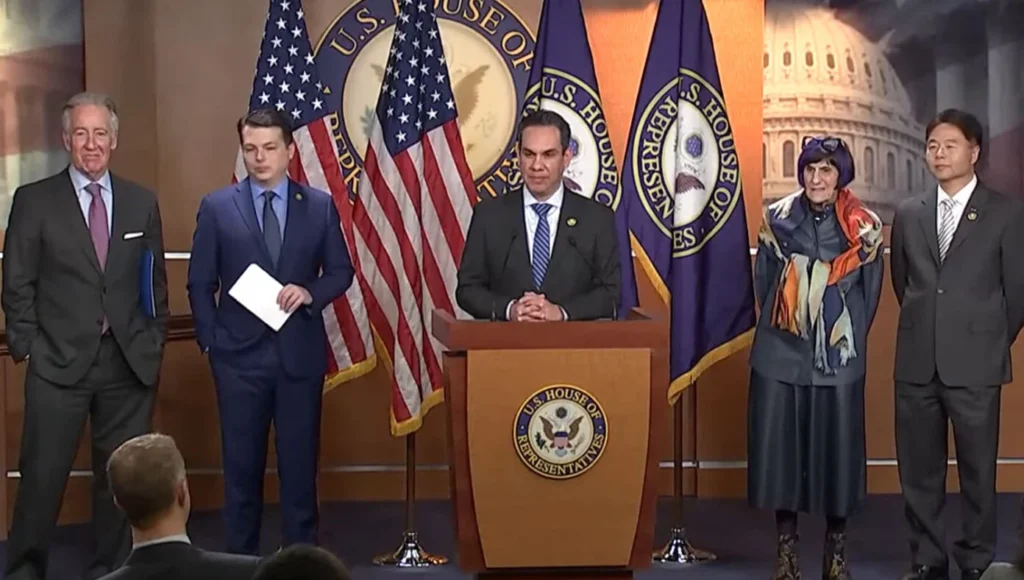Newsmatro

In a surprising turn of events, Congress managed to avoid a government shutdown by reaching a temporary deal known as a continuing resolution, extending government funding until November 17. The last-minute agreement prevents a looming shutdown that could have impacted hundreds of thousands of federal employees and vital assistance programs. However, this deal has left both winners and losers in its wake.
Millions of Americans
As the September 30 deadline for government funding approached, the possibility of a shutdown appeared increasingly likely, driven by internal conflicts within the House Republican Party. Conservative hardliners had demanded spending cuts that had little chance of passing in the Democratic-controlled Senate. However, with government funding extended, millions of Americans, including federal workers and families relying on government benefits, can breathe a sigh of relief. A shutdown would have led to furloughs for nonessential federal workers and disrupted programs like the Special Supplemental Nutrition Program for Women, Infants, and Children (WIC), which supports low-income pregnant women, breastfeeding women, and young children.
House Speaker Kevin McCarthy
House Speaker Kevin McCarthy (R-Calif.) celebrated the passage of the stopgap funding measure in the House, taking the opportunity to silence critics who doubted his ability to avert a shutdown. McCarthy has frequently faced challenges and tough votes during his tenure, but this deal has implications for his position. He now faces a threat from conservative hard-liner Rep. Matt Gaetz (R-Fla.) and other hard-right allies aiming to remove him from the speakership. Gaetz had warned of a “motion to vacate” if McCarthy cooperated with Democrats to prevent a shutdown. After the stopgap deal passed with more Democratic support than Republican, Gaetz announced his intent to challenge McCarthy.
House Democrats
House Democrats had repeatedly urged McCarthy to propose a “clean” continuing resolution with no spending cuts to avoid a shutdown. Following the House’s passage of such a deal, Democratic lawmakers claimed victory, asserting that they had forced McCarthy’s hand. While they succeeded in avoiding a shutdown, House Democrats did not achieve all their goals. They had sought additional U.S. aid to Ukraine, which was not included in the deal.
Matt Gaetz and the Hard Right
Hard-line conservative lawmakers obstructed McCarthy’s efforts to prevent a shutdown at every turn. They opposed traditional procedural votes for long-term spending bills and rejected a short-term deal that included conservative spending cuts. Some, like Rep. Matt Rosendale (R-Mont.), were even willing to accept a government shutdown to focus on passing long-term spending bills. However, their resistance forced McCarthy to push for a stopgap with no spending cuts, ultimately cooperating with Democrats and sidelining the hard-right faction. Gaetz’s threats to remove McCarthy were met with defiance, with McCarthy welcoming the challenge.
Ukraine Aid
The “clean” continuing resolution notably omitted President Joe Biden’s request for additional U.S. aid to Ukraine, despite bipartisan support for such funding. McCarthy’s decision to exclude Ukraine funding from the resolution signaled a victory for some within his party who opposed further assistance to Ukraine. Opposition to U.S. aid for Ukraine had grown among House Republicans, with nearly half voting to remove $300 million in Ukraine aid from an annual defense spending bill. Although Congress is expected to hold a separate vote on Biden’s supplemental request for Ukraine, the absence of aid in the continuing resolution suggests wavering support for the Ukraine war effort.